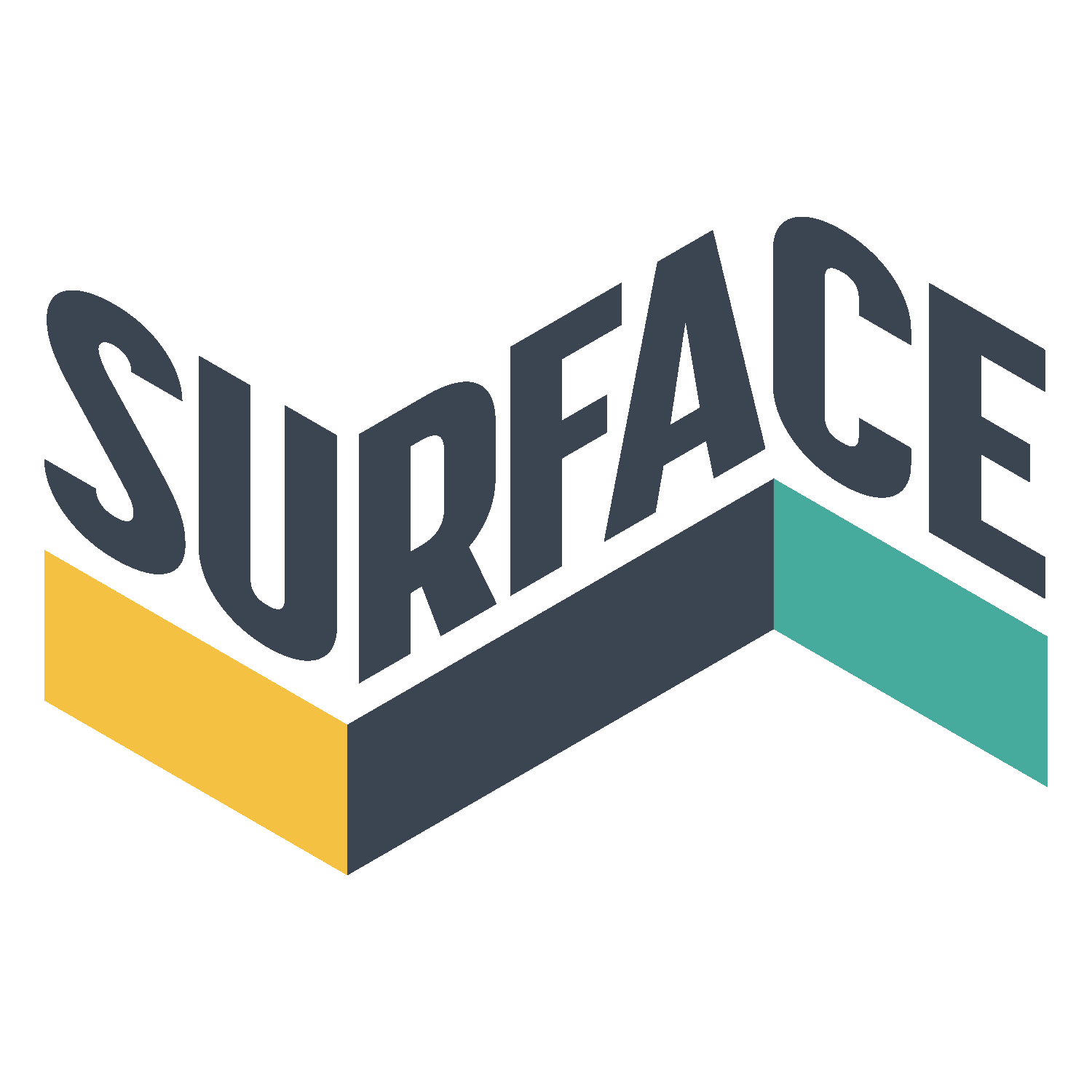EM24: Spotlight on Gray Monroe
‘Identity’ seems to be a central theme to your work, what sort of commentary does your work make on this topic?
It’s less on the whole concept of identity, it’s more about the changing of identity in recovery because my work is about recovering from anorexia, and the way that that sort of affected the way I see identity. I hadn’t even thought about it for the last few years because it had been so starved in importance to me--I was so taken up by the illness. Your brain is fogged; you don’t have any other thoughts besides the way you are going to control yourself and control your life. The last time I felt really myself was when I was a teenager and so now, I’m coming out the other side of it and kind of mourning those years that I just wasted, and these are important years that are just gone. I’m experiencing the world again almost as if I am a teenager because emotions and sensations; joy, anger, and sadness, even if they’re not positive emotions, they’re so amazing to me now because I hadn’t felt them for so long. They’re so vivid and they feel so physical, I’ve felt my heart drop and butterflies in my stomach, those internal sensations that I hadn’t felt in years, and it's like—things kept going wrong the other day and I wasn’t even mad about it, I’m actually angry, like I hadn’t felt anger, these emotions that people just take for granted I am now experiencing again, and it’s so strange, and I’m sort of looking at creating work that visualises the sense that experiences and surroundings and emotions are what make an identity, that it’s not necessarily physical.
What inspired you to use sculpture and photography, specifically, for this exhibition?
I started using sculpture a little bit in my first year of university and by second year I loved it—I think because it was so different to what I had been doing when I started university doing realism and oil paintings, which was tedious and long and I wasn’t finding joy in it. I think physically using my body, I build this sort of relationship with the work because it’s physical—you’re making this three-dimensional sculpture—you have to think so differently and imagine how it’s going to look in a space, and I think I was looking at casting, specifically, as a physical photograph and then using that alongside photography. A cast or a photo is like a language that you instantly recognise whereas with a painting you have to really think and analyse it—a cast is taken from something literal so it can communicate straight away with an unconscious part of the brain. It’s the raw language of human nature, I suppose.
What do you want people to take away from your exhibit?
I’d like to communicate internal thought processes and feelings that aren’t visual but portray them visually. I did a lot of work about the sexualisation of women, but now I’m looking at what’s going on internally and trying to present that for people to see.
What do you hope to do in the future?
A masters and a PhD. I want to have as much experience as I possibly can. I’ve spoken to so many tutors that say that once you graduate, especially in art, you spend your whole life trying to replicate that space because you want that feedback and those facilities and studio space, and then you leave and want to go back, so I want to make the most of being able to do a masters and a PhD while I can.
Interviewed by Charlotte Pimm-Smith.

